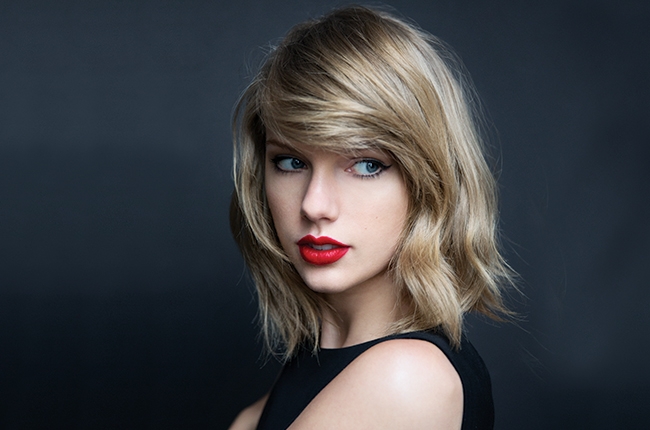Is Taylor Swift a Racist for the “Wildest Dreams” Video?

On Sunday, Swift released her newest music video off her 1989 album, “Wildest Dreams,” which has been viewed more than 12 million times in less than three days. However, entertainment news reporters have criticized it for mainly having white actors despite it being shot in Africa.
The story depicted in the video tells the tale of two classic-era movie stars (Swift and The Longest Ride star Scott Eastwood) who, for most of the video, are shooting a film on-location in the African desert.
Musician Taylor Swift poses for a portrait in West Hollywood, Calif. on Wednesday, Sept. 22, 2010. (AP Photo/Matt Sayles)
The video has been criticized as channeling “white colonialism” and, as NPR pointed out in a critique titled, “Taylor Swift is Dreaming Of A Very White Africa,” despite the video being shot partially in Africa, black performers are not prominently featured on screen (there do appear to be two black actors playing soldiers; however, they only appear in the background during several moments of the music video).
NPR contributors Viviane Rutabingwa and James Kassafa Arinaitwe note in their commentary of the video. “We are shocked to think that in 2015, Taylor Swift, her record label and her video production group would think it was okay to film a video that presents a glamorous version of the white colonial fantasy of Africa.”
Some say that this video is basically Taylor Swift being racially insensitive, but I argue the contrary:
First of all, Swift’s proceeds from the video will be donated to the African Parks Foundation of America, according to a title card at the end, so not only is she producing art for her fans, she is saving a few rhinos in the process, which is commendable.
Secondly, the theme of this video is not “white colonialism” but rather classic American cinema from the 1940s-era which did not feature African Americans, and doing so would have been insulting to movie historians who have come to appreciate that moment in time. What’s worse: being a racist or being historically irresponsible? I argue the latter.
Thirdly, the video did depict a wide array of actors including members of the plus-sized community (African elephants), member of the extremely tall community (giraffes), and those of mixed race (zebras) who are known for being white and also black.
Lastly, Swift could have chosen to shoot the video on a Hollywood backlot, which would have done nothing for the African economy, as opposed to keeping it authentic and showing some of the natural beauty of the landscape which will undoubtedly boost tourism for many of their countries.
Thank you, Taylor Swift, for keeping it real, promoting awareness, and encouraging us to support the Parks Foundation or at minimum to increase interest in one day going on safari.
Michael Bromberg is an entertainment and news reporter for the BQB, a student at Chicago’s Second City, writer, actor, and comedian.
Check out Michael Bromberg on Twitter: @Brombizzle




Leave a Reply